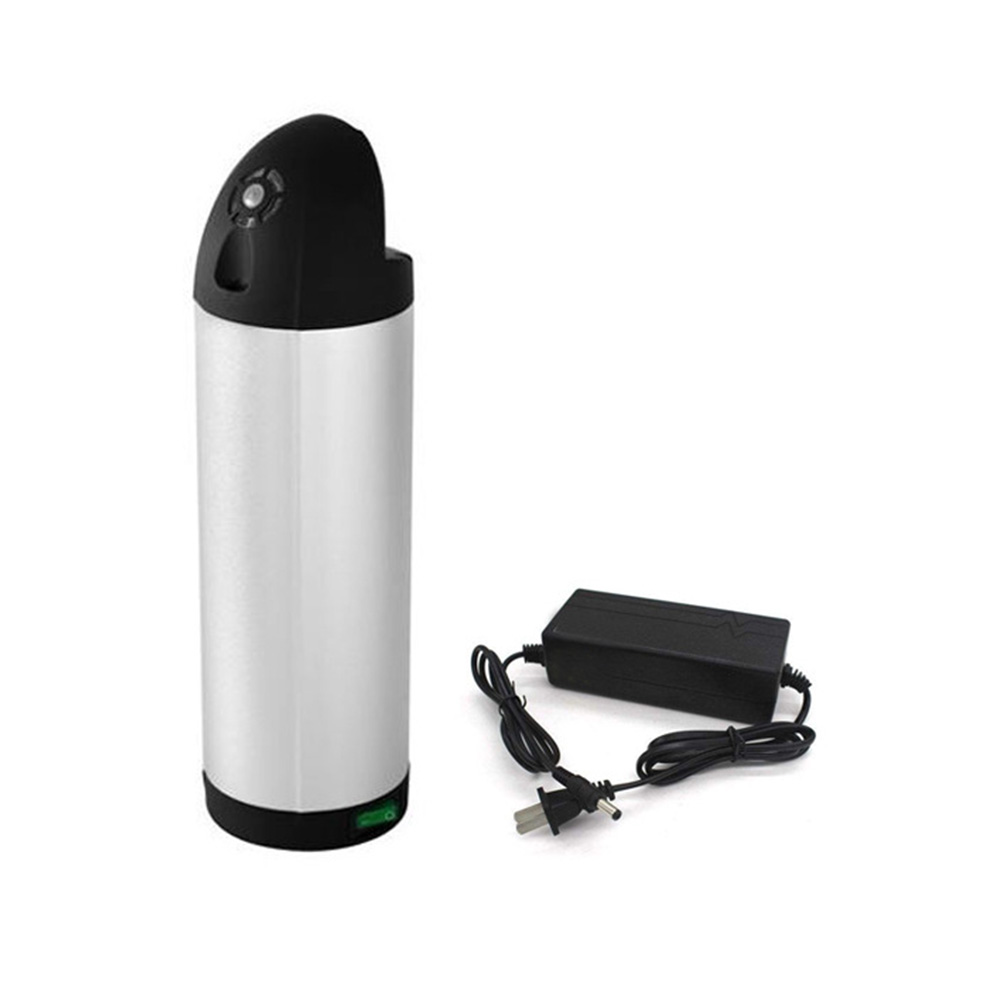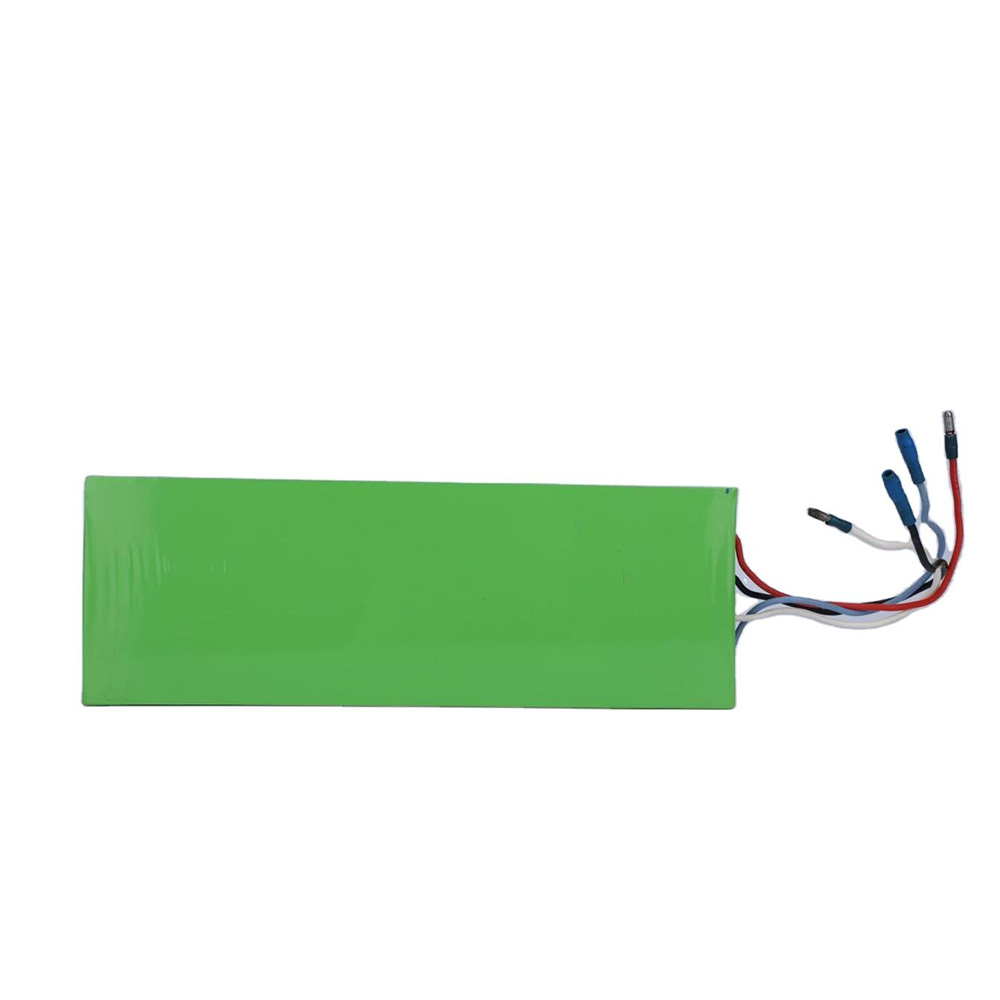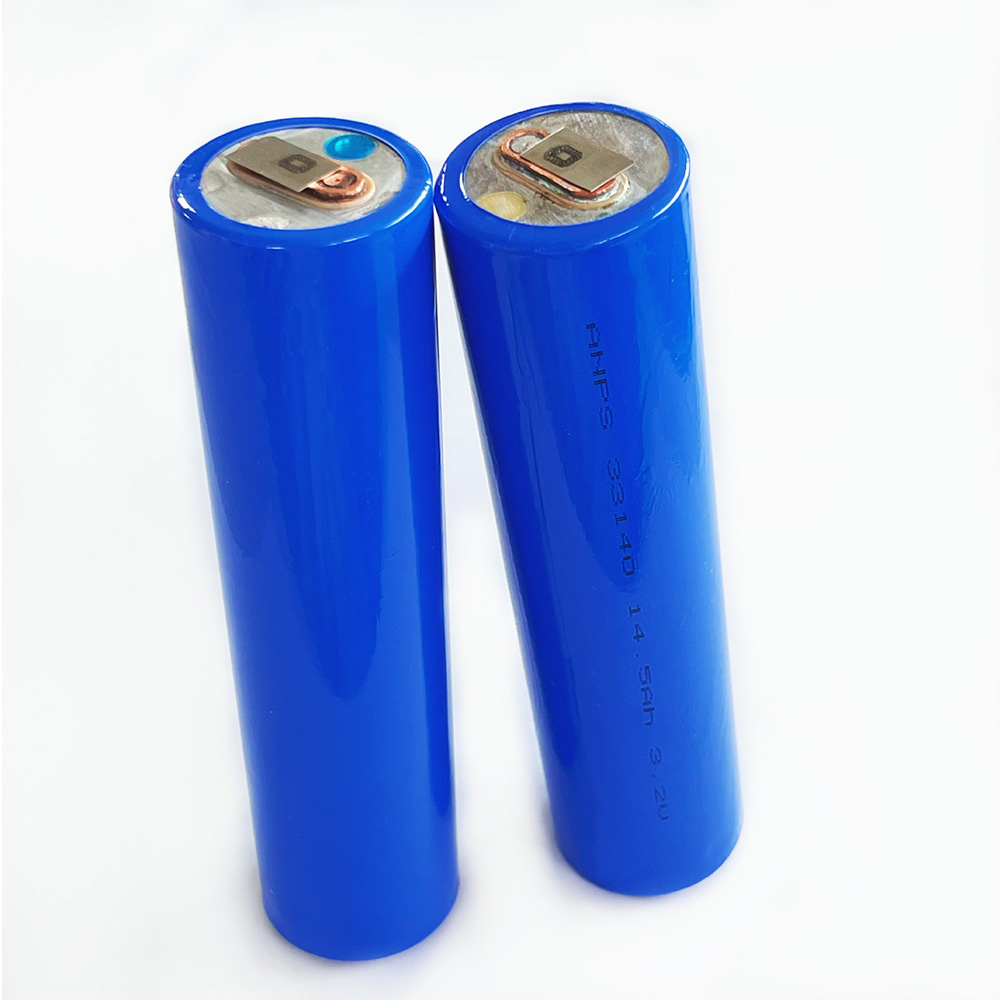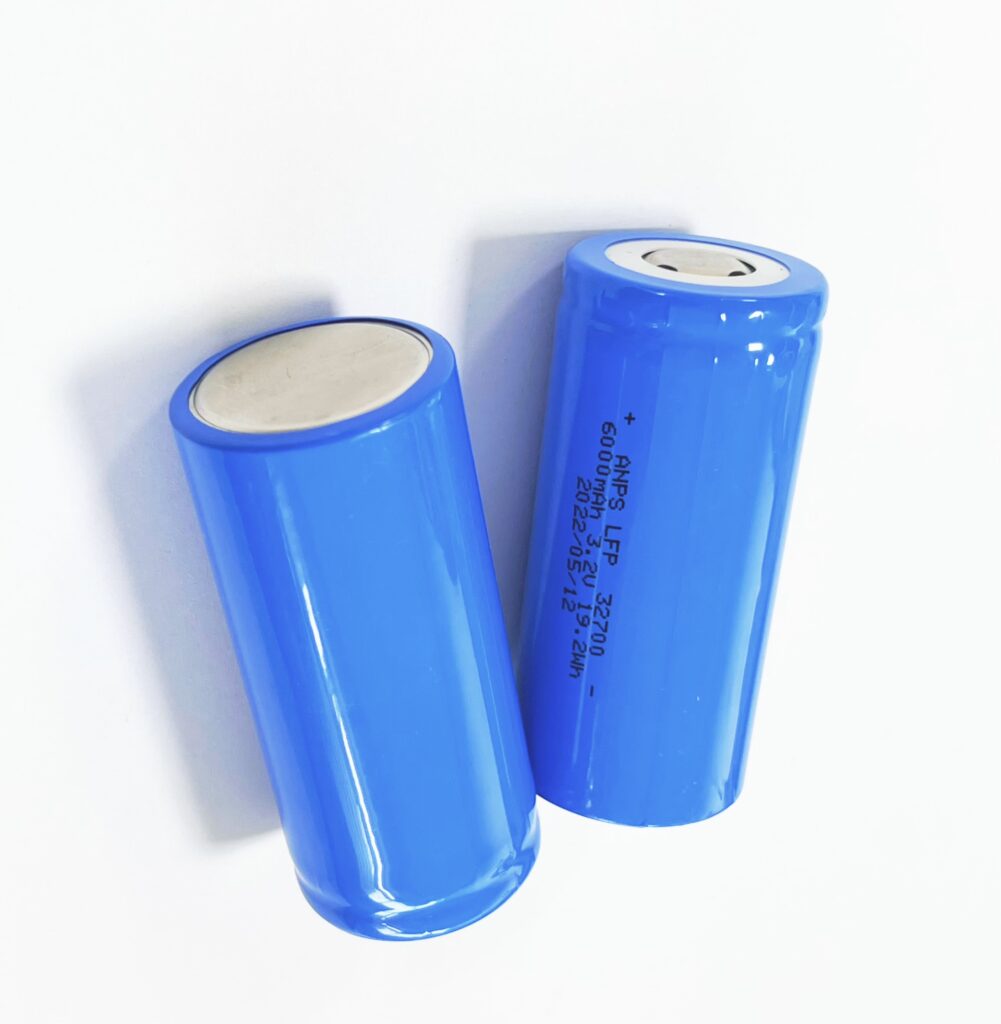Blog
Explore the Power of Lithium Innovation
Stay updated with the latest trends, technologies, and application insights in the world of lithium battery solutions
Search the whole station
Explore the Power of Lithium Innovation
Stay updated with the latest trends, technologies, and application insights in the world of lithium battery solutions
Hey everyone! Today, let’s talk about something that’s absolutely central to your electric scooter—the battery pack. It’s the part that powers your motor and lets you zip around without pedaling. Knowing how it works and how to care for it can make a big difference in how long your scooter lasts and how well it performs.
Most scooters use lithium-ion battery packs. These are popular because they’re lightweight, pack a lot of energy, last a long time, and are generally safe. The capacity of the battery pack is measured in ampere-hours (Ah)—basically, this tells you how far you can go on a single charge. Higher Ah means longer rides.
To get the most out of your battery, avoid overcharging or letting it run completely flat. Charge it after each ride and don’t let it sit unused for too long. Also, keeping the battery in a cool, dry place can help it last longer.
If you’re thinking about an upgrade, a higher-capacity lithium pack can give you longer rides and faster speeds. Some newer packs even charge faster, so you spend less time plugged in. Lighter packs also make the scooter easier to handle.
When choosing a new pack, look at the voltage, capacity, and charging time. Safety features like overcharge and over-discharge protection are a bonus—they help extend the battery’s life.
Installing a new battery can be simple, depending on your scooter’s design. Always follow the manufacturer’s instructions and make sure the battery matches your scooter’s motor and charger. Sometimes minor adjustments to the battery compartment or wiring are needed.
Upgrading your battery can be a great investment. Longer rides, better performance, and improved safety are well worth it.

If your scooter isn’t holding a charge or the battery drains quickly, the first thing to check is voltage or capacity loss. Use a multimeter to measure the battery’s output. If it’s too low, you might need a new battery or to replace individual cells.
If it won’t charge at all, the issue could be the charger or the charging port. Make sure the charger is compatible, and check that the port is clean and free of debris. Damaged chargers or ports might need replacement.
Sometimes the problem comes from improper use, like overcharging or fully discharging the battery. Following the manufacturer’s charging and storage guidelines is key to keeping your pack healthy.
When picking a battery for your scooter, keep these in mind:
By considering all these factors, you can pick a battery pack that’s safe, reliable, and keeps your scooter running smoothly for years.
Your battery pack is the heart of your electric scooter. Treat it well, choose the right pack, and maintain it properly, and you’ll enjoy longer rides, better performance, and a safer experience every time you hit the road.

High-performance 36V 10Ah water bottle lithium battery for electric bikes. Lightweight 3.5kg, fast charging in 1.5–2 hours, safe & durable with up to 500 cycles. Ideal for commuting and long rides.

high-performance 18650 Battery 4000mAh, offering stable 24V power and deep cycle support. Perfect for electric scooters, power tools, and energy storage systems. Built-in safety protections ensure long-lasting, reliable performance.

Apsenx 33140 LiFePO4 battery cell (14500mAh, 3.2V). High capacity, long cycle life, safe chemistry. Ideal for ESS, EV, UPS, and solar storage.

Reliable 32700 LiFePO4 battery with 6000mAh capacity, 2000+ cycles, and advanced safety features. Perfect for EVs, solar storage, and backup power solutions.
If you’re wondering whether to pick 18650 or 21700 cells for your scooter, I’ll break down my real-world results, from daily commuting to high-power builds.
View detailsExplore the working principle, structure, and benefits of lithium iron phosphate (LiFePO4) batteries. Learn why LiFePO4 batteries are safe, eco-friendly, long-lasting, and ideal for energy storage and high-power applications.
View detailsLearn how to evaluate, select, and use 18650 rechargeable batteries for flashlights, e-cigarettes, and electric bicycles. Discover key specifications, safety tips, and performance insights for reliable and long-lasting power.
View detailsLearn the differences between 3.6V and 3.7V lithium batteries, including nominal voltage, capacity, applications, and charging considerations. Discover how to safely use and choose the right lithium battery for your device.
View details
HelloPlease log in